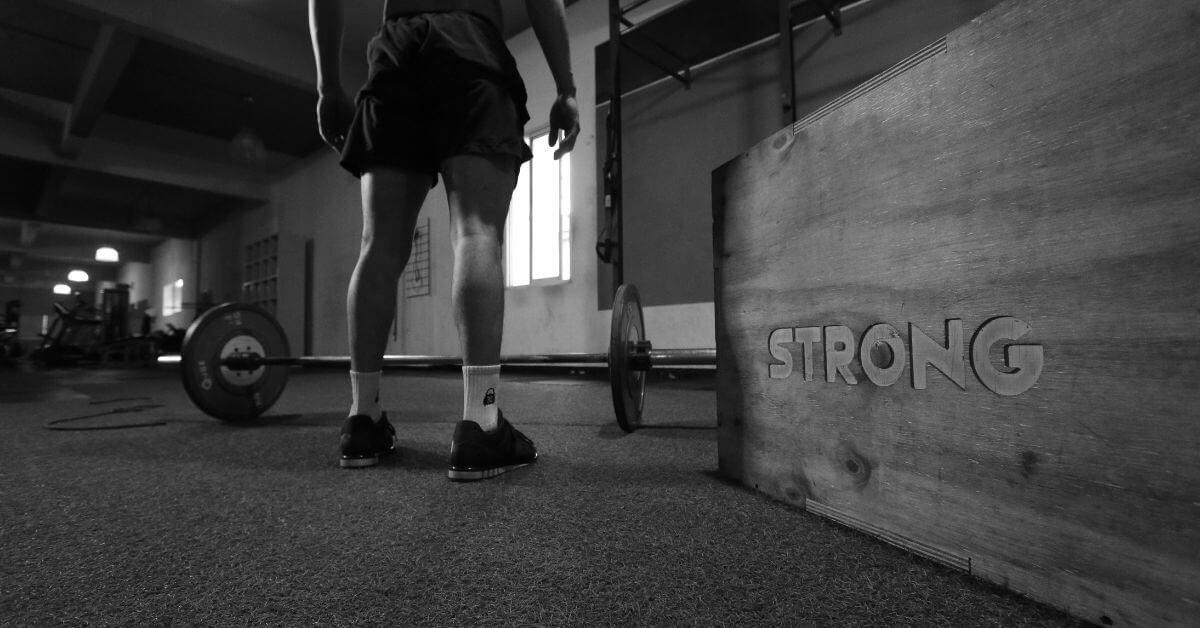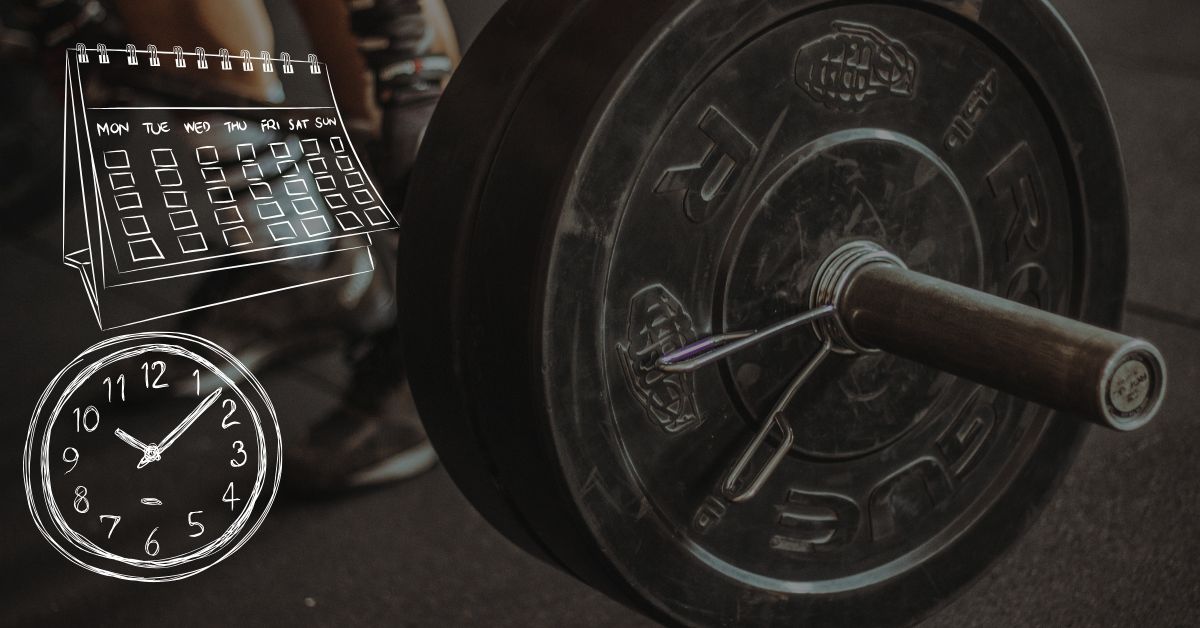Get ready to kick off winter with 7 Bamboos RFC!…

Rugby Gym Workouts: How to Build Muscle and Improve Agility
Rugby, a sport demanding a unique blend of power, speed, and agility, places significant emphasis on the physical prowess of its players. The gym becomes a crucial battleground for rugby enthusiasts aiming to enhance their on-field performance. In this comprehensive guide, we will delve into the dual focal points of rugby gym workouts: building muscle strength and improving agility.
Section 1: Increasing Agility in Rugby
1. Understanding Agility in Rugby
Agility in rugby is the ability to change direction rapidly and efficiently while maintaining control and balance. It’s a skill vital for all positions on the field, with varying requirements depending on the player’s role. For example, a back may need quick lateral movements, while a forward requires explosive bursts of speed in short distances.
2. Agility Training Exercises
To enhance agility, rugby players can incorporate drills such as cone drills, ladder drills, and shuttle runs into their training regimen. These exercises emphasize rapid directional changes, acceleration, and deceleration, crucial skills on the rugby field.
3. Incorporating Plyometrics
Plyometric exercises, which involve quick, explosive movements, are particularly beneficial for improving agility in rugby. Box jumps, bounding exercises, and depth jumps can help players develop the explosive power required for swift and dynamic movements on the field.
Section 2: Building Muscle for Rugby
1. Importance of Muscle Building in Rugby
The correlation between muscle strength and on-field performance is undeniable in rugby. Different muscle groups, including the core, legs, and upper body, play pivotal roles in tackling, sprinting, and scrummaging. Building muscle is essential for generating power and withstanding the physical demands of the game.
2. Rugby-Specific Strength Training
Incorporating classic strength training exercises like squats, deadlifts, and bench presses is crucial for rugby players. These compound movements mimic the demands of the game, enhancing overall strength and power. Tailoring workouts to replicate rugby-specific movements ensures that players are adequately prepared for the challenges they’ll face on the field.
3. Utilizing Functional Training
Functional exercises that simulate real-game scenarios are invaluable for rugby players. Lunges, medicine ball throws, and rotational exercises improve strength and stability, translating directly to improved on-field performance.
Section 3: Gym Training for Rugby Players
1. Balancing Strength and Agility Workouts
A well-rounded weekly workout routine is key for rugby players. Balancing muscle-building and agility-focused sessions ensures that players develop the necessary physical attributes for success on the field. Periodization, alternating between strength and agility phases, can help achieve this balance.
2. The Role of Cardiovascular Training
While strength and agility are crucial, cardiovascular fitness should not be neglected. Rugby is an intense sport that demands a high level of endurance. Including cardiovascular training within the gym program, such as interval sprints or rowing, enhances overall fitness and contributes to on-field stamina.
3. Recovery and Injury Prevention
In the pursuit of peak performance, adequate recovery is paramount. Incorporating rest days, stretching, and foam rolling aids in muscle recovery and reduces the risk of injury. Specific exercises targeting common rugby injuries, such as ankle sprains or shoulder strains, can further contribute to a player’s longevity on the field.
Section 4: Improving Rugby Muscle Strength
1. Nutritional Considerations
Building muscle requires proper nutrition. Players should focus on a well-balanced diet with an emphasis on lean proteins, complex carbohydrates, and essential fats. Adequate hydration is also crucial for optimal performance and recovery.
2. Supplementation for Rugby Players
While a well-rounded diet should be the primary source of nutrients, supplements can complement a rugby player’s nutritional intake. Protein supplements, branched-chain amino acids (BCAAs), and creatine are examples of supplements that can aid in muscle recovery and strength development. However, consultation with a nutritionist or healthcare professional is advised to ensure safe and effective supplementation.
3. Consistency and Patience
Building muscle strength is a gradual process that requires consistency and patience. Rapid results are unlikely, but with dedicated effort and adherence to a well-structured training program, players can steadily progress. Consistency in training, coupled with patience, is the key to long-term success in rugby.
Conclusion
In the dynamic world of rugby, success is not solely determined by skill on the field but by the physical attributes developed in the gym. This guide has explored the intricate balance between building muscle and improving agility, providing a roadmap for rugby enthusiasts to elevate their game.
By integrating these strategies into their training routines, players can unlock their full potential and make a lasting impact on the rugby field. Embrace the challenges, stay disciplined, and witness the transformation in your rugby performance.





